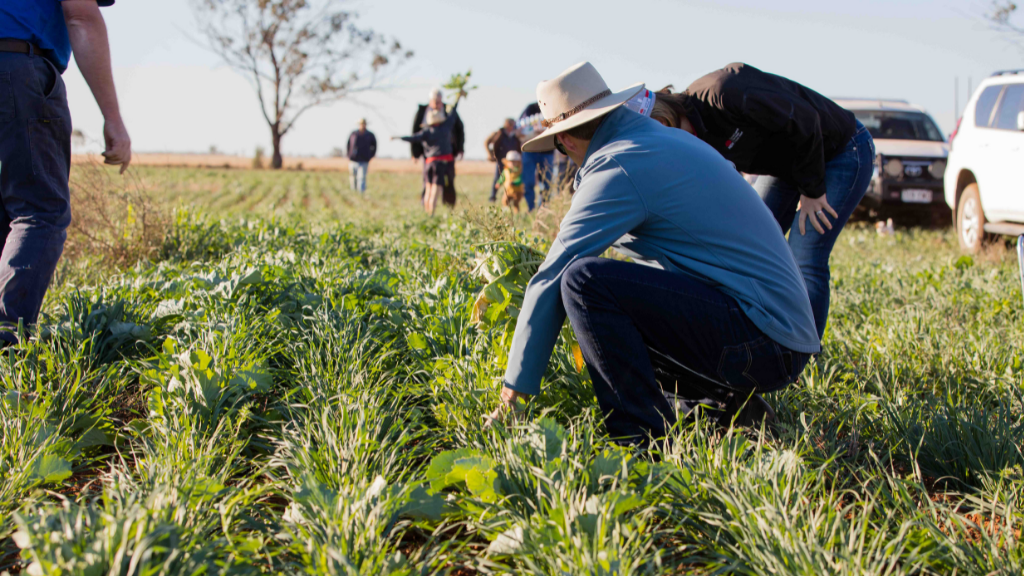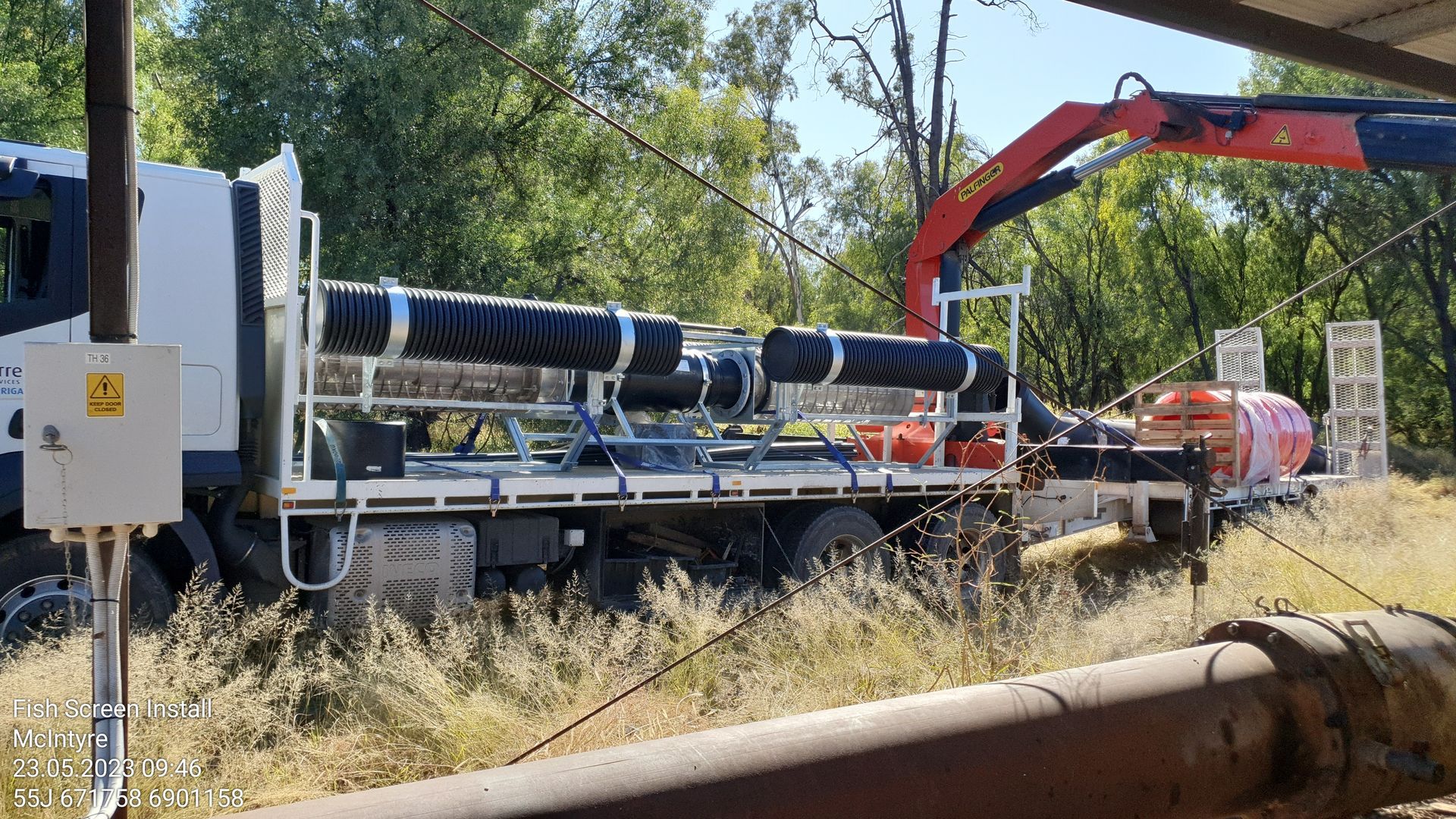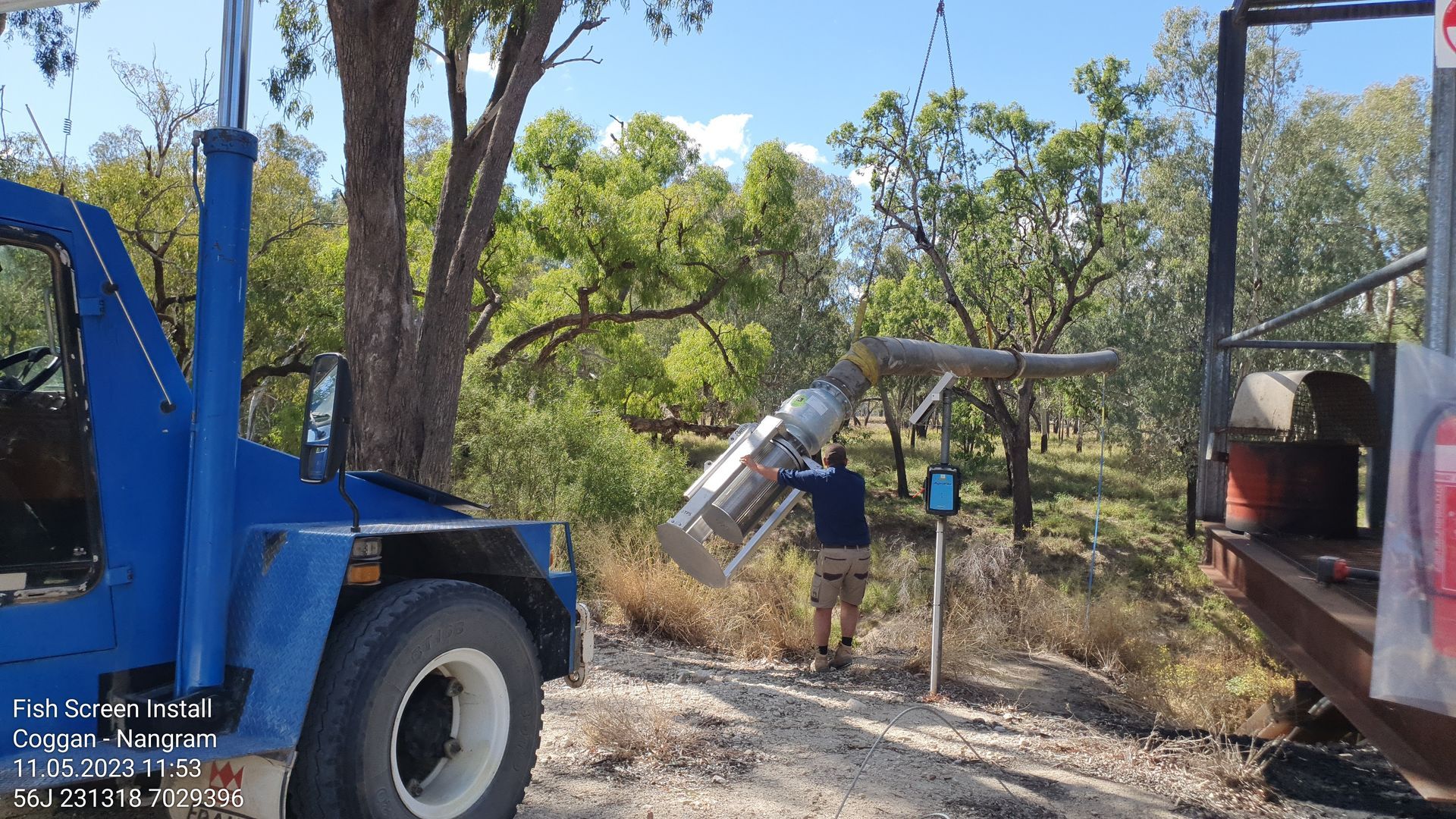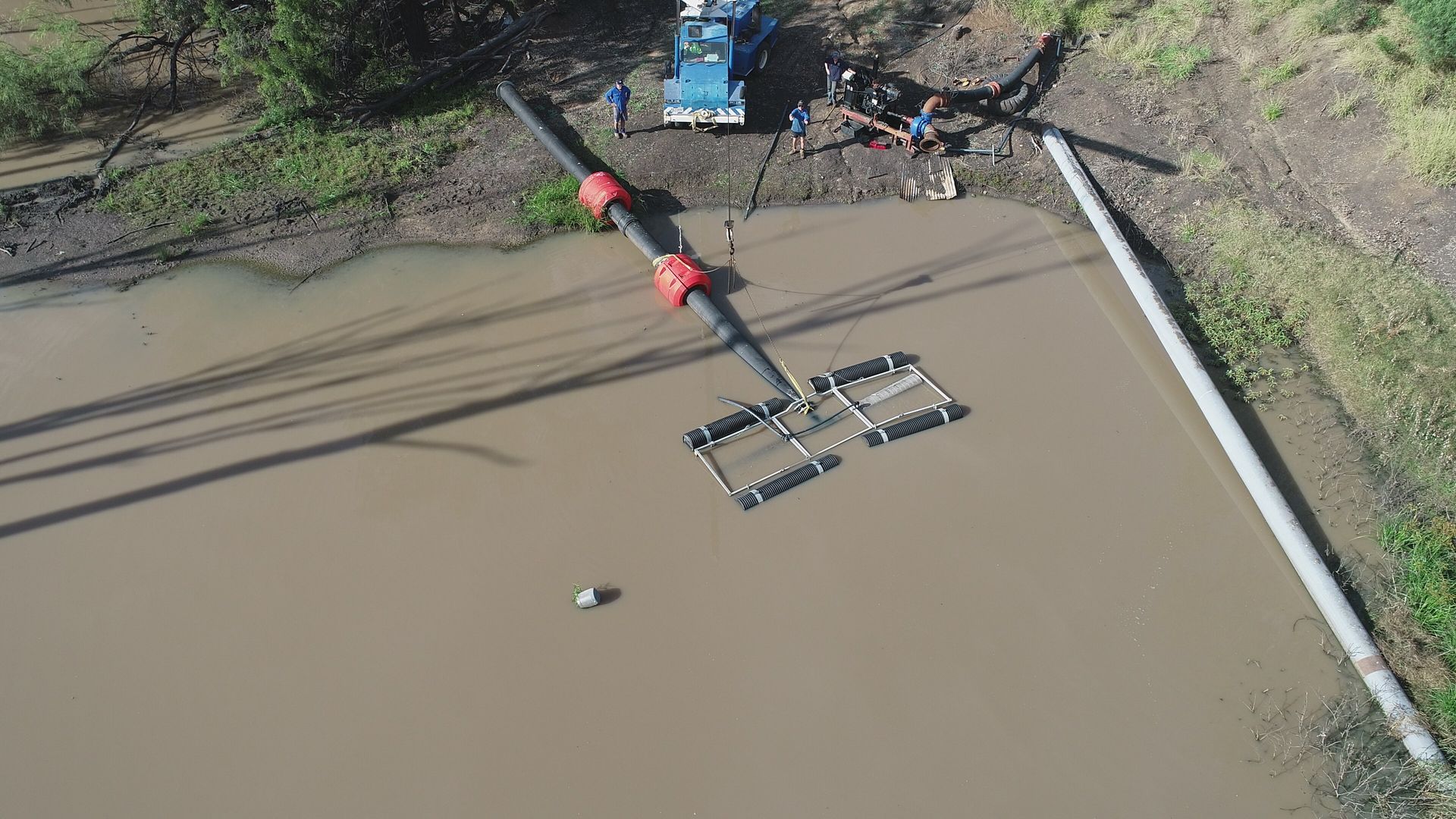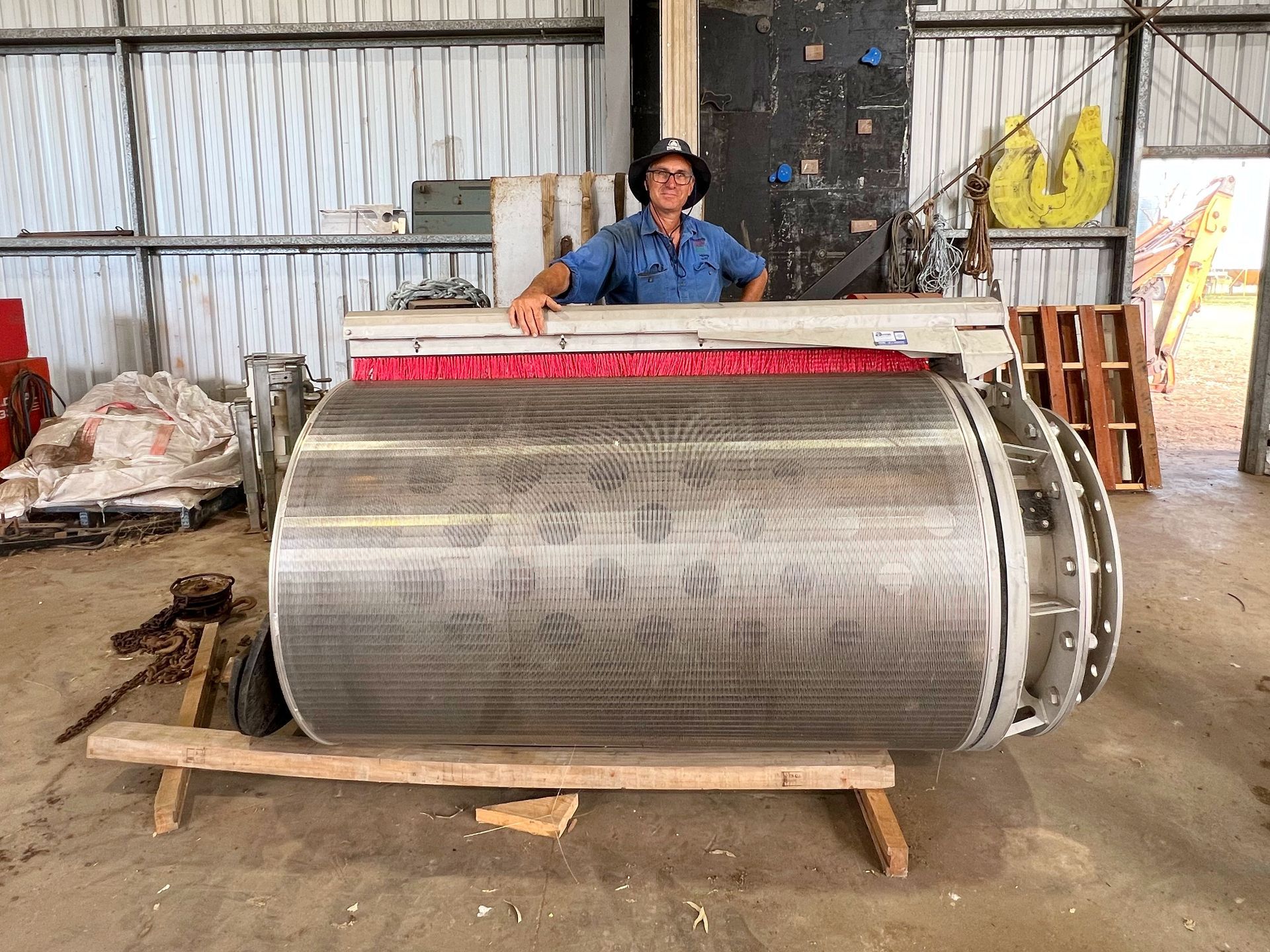Blog Layout
Soil Health and Regenerative Agriculture
Change is underway at Kioma Station near Toobeah in South-West Queensland, to improve profitability and create a more sustainable farming system.
Local landholders around Toobeah, west of Goondiwindi, were invited to a field day in June to see first-hand how farming country is being regenerated at Kioma, a large, mixed farming and grazing operation. The day was hosted by Southern Queensland Landscapes’ Emma King, whose husband Angus is the farm manager at Kioma.
Around 30 people braved the cool and windy weather to hear more about how to manage and improve soil health and ground cover with the help of multi-species plantings and vermiculture, from fellow land holders and agricultural service providers.
The day began with a talk from veteran farmer, Ran Mitchell, who took visitors back in time, to share he and wife Jenny’s journey over 50 years to regenerate the soil on their farm near North Star in North-West NSW.
The Mitchell’s began focusing on ‘regenerative’ agricultural principles decades ago, before the term ‘regenerative agriculture’ had been coined. Over the years they’ve developed a passion for harnessing and working with the natural rhythms of their land, flora and fauna. Unlike today, Ran was breaking new ground, figuratively speaking.
Rod and Maree Farrow, (Rod works for Ran on Leyland) run Vermagra – their worming farming enterprise. The team uses very few pesticides, plants multi-species cover crops and includes regular long fallows in the farming system.
“I watched the opening up of land for farming in what was to become known as ‘The Golden Triangle’,” Ran says.
“It didn’t take long before I could see and sense that we were working against our soil and nature in severe ways. The sound of shear bolts breaking on the neighbour’s blade plough as it hit stumps kept me awake at night and led me to the realisation that this was not the way forward.”
It was 45 years ago after having some basic water infiltration tests done on a stand of native vegetation and in a field that had been farmed since the 1930s that stands out.
“I can’t remember what the different infiltration rates were, but we were so dismayed we parked the disc ploughs we had and began no-till farming in earnest,” Ran said.
“To you people here, now is the time to form a vision for the future.
“To start, make just one plan to change one thing for the better.
“It’s ultimately about helping balance what we take out of the soil and putting back in the most natural way.
“One handful of fertile soil contains more living things than people on Earth – just recently we’ve learned that the underground livestock (biology) living in a hectare of healthy soil, would weigh eight tonnes.
“Eight tonnes of things we can’t see but need to grow and preserve.”
Kioma provided the perfect backdrop to discuss soil health, now nearly 15 years into a journey in regenerative farming. Much of the journey has been guided by Ian Moss from FARM Agronomy & Resource Management (FARM), who was on hand to share his knowledge and discuss options and decisions for planting and managing forages and/or pastures from a regenerative agriculture perspective. He’s working with Angus and farming manager Ewen who oversees the regenerative farming strategies, including their on-site worm bioreactors.
Ian says the aim is to build the capacity of the soil to improve productivity and profitability by focusing on soil quality, namely through increasing soil organic matter levels.
Kioma is a mix of clay vertisols, varying from red through to lighter black country and was previously managed in what is generally described as ‘traditional’ farming methods, in a winter-crop dominant system, heavily relevant on herbicides and synthetic fertilisers.
The current regenerative system grew from an early focus on nutrition.
“In the early days I was helping nutrition, which included a focus on soil testing and fertiliser rates,” Ian said.
“An initial step in this journey was to add liquid injections at planting and seed dressings to provide micronutrients with biological seed treatments.”
The next big step was looking at soil fertility as a whole and move to more long-term thinking and planning.
“As agronomists and farmers, we are really good at looking at a paddock and working out how to make the most money from it in the next six months,” Ian said.
“What we aren’t so good at, is understanding the impact of crop sequences, fallows and covers over 10 years, these are big things that make a difference to profitability.
“To determine what was needed long term required us to look at what was holding back yield, sub-soil constraints and a method to rebuild soil health over time.”
Changes at Kioma have included an aim to keep 20 percent of the area for summer cash cropping to spread risk and give opportunity to grow cover crops in long fallows. The farm works towards a five-year rotation of three winter cash crops in a row then a long fallow summer cash crop.
“We have moved chickpeas to the last winter crop before long fallowing to sorghum because it doesn’t have value as a standing stubble cover crop – we will plant cover after chickpea harvest at the earliest opportunity.
“The rotation plan rarely happens as planned and we deliberately throw out the five-year plan every time we have a decent fall of rain, or a planting window closes.
“By doing that and having cover crops in the mix we’ve been able to help Angus utilise them for grazing, which was particularly valuable in the last drought.”
They’ve moved away from pre-plant N application and are now using a spreader to add N in the form of sulphate of ammonia if, and when needed. Plant testing is another widely used tool.
“Often it’s the nutrient excesses that we deal with first before the deficiencies,” Ian says.
“By knowing what is left in the soil, post-harvest, all the options are open to us.”
Multi-species forage crops are a key to improving soil health. The field day visitors had a close look at a field planted with oats, barley, triticale, wheat, field peas, vetch, tillage radish, forage brassica and falcon leafy turnip. The multi-species aspect is building better quality and quantity of forage and the diversity of plant roots helps build the soil through promoting biological growth and water infiltration.
The next big step will bring the worms into the mix, starting this year. A liquid extract from the vermicast will be used for seed dressing, liquid injection at planting and as foliar treatments to reduce reliance on synthetic fertilisers.
Ian says the interest in regenerative agriculture is certainly growing. So what brings landholders to explore regenerative ag?
“There are two main reasons landholders come to us,” he said.
“Either they’ve seen and heard about regen ag and what we do, or, more and more I’m getting phone calls from people saying ‘I don’t know what I need to change but know I need to change something’ mainly because they’re experiencing increases in farming costs but not seeing this translated into increasing yields.
“My job is to make ‘sustainable farming profitable’.
“It is really about the farming system and starting to understand and appreciate the actions we take and how they affect everything else, in terms of the long-term health of our soil – which is the greatest asset we have on our farms – if it is healthy.”
The field day wound up with a presentation from Christian Capp from Data Farming who gave a practical and useful outline of the value of data and mapping to manage soil and farming systems.
To learn more about events like this, check out: https://www.sqlandscapes.org.au/events
Become a member of Southern Queensland Landscapes: https://www.sqlandscapes.org.au/become-a-member
Article authored by: Melanie Jenson
This event was supported by Southern Queensland Landscapes and Millmerran Landcare through funding from the Queensland Governments Natural Resource Investment Program.

7 March 2025
Southern Queensland Landscapes is seeking an experienced and influential Board Chair to lead a multi-skilled Board in managing natural resources across Southern Queensland. This is a 3-year remunerated role based in Toowoomba, QLD, with the flexibility to manage from anywhere in Southern QLD. The ideal candidate will bring: • Substantial experience leading diverse Boards • Strong relationship-building and leadership skills • Expertise in environmental and agricultural matters This role is an opportunity to shape the future of natural resource management, working closely with land managers, community leaders, and industry professionals. Are you ready to make an enduring impact? For more details and to apply, visit www.windsor-group.com.au/job/board-chair-natural-resources-peak-body or contact Mike Conroy at apply@windsor-group.com.au.
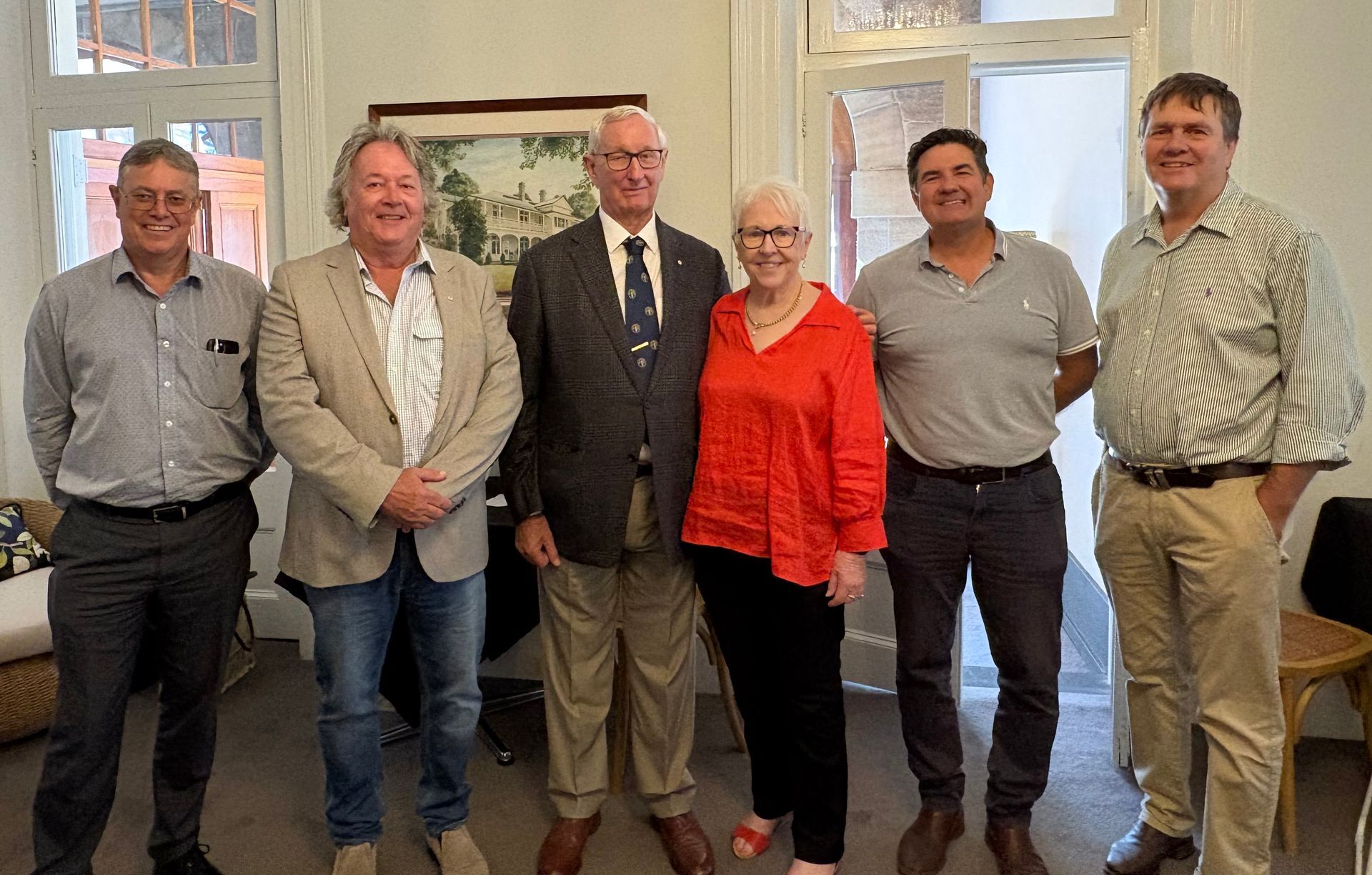
3 March 2025
This week marked the final Board meeting for retiring Southern Queensland Landscape Chair, The Hon Bruce Scott AM. The Southern Queensland Landscapes Board hosted a function at Gip’s restaurant in Toowoomba, joined by past Directors, industry stakeholders and the Southern Queensland Landscapes Management team, where Bruce was warmly acknowledged and thanked. Bruce offered special thanks to his dear wife Joan for her support during his period of service to Southern Queensland Landscapes, in particular the warm country hospitality she has offered to many visitors to Roma. Bruce also recognised and thanked Southern Queensland Landscapes Company Secretary Pam Murphy, who has supported Bruce in his service to Southern Queensland Landscapes since the organisation’s inception.
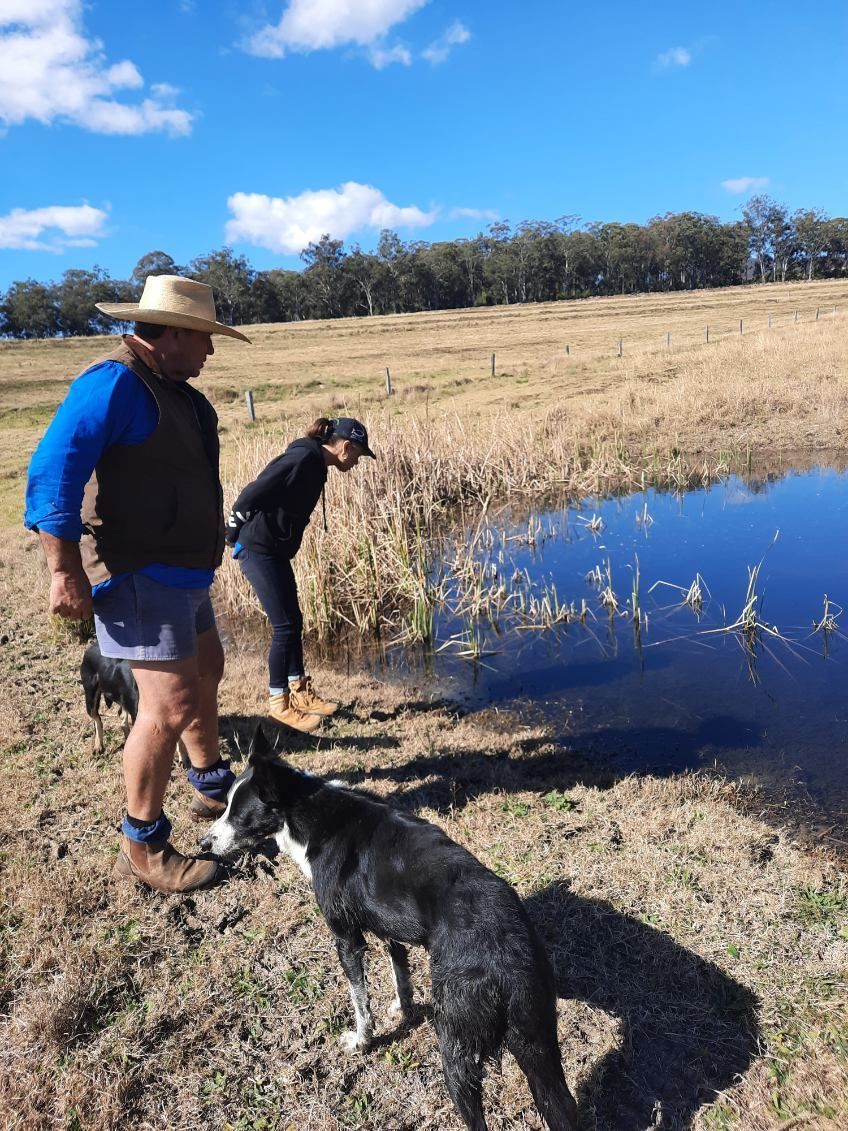
25 September 2024
The Condamine Headwaters, a critical ecosystem in Southern Queensland, has long faced threats from sedimentation, habitat degradation, and thermal regime changes. The Blackfish Project, dedicated to reversing these impacts, unites scientists, landowners, and the community in a shared mission to restore and protect this vital environment. At its core lies the river blackfish, a sensitive indicator of the overall ecosystem health. Central to the project's success is the unwavering commitment of landowners like Paul Graham. Inspired by the project's vision, Paul reached out to SQ Landscapes seeking support for a solar pump and tank to divert his cattle away from waterways on his property. Paul's deep-rooted love for his land, captured in his humorous quip "I love my land more than I love my wife," is a testament to the powerful connection between people and place that drives conservation efforts.
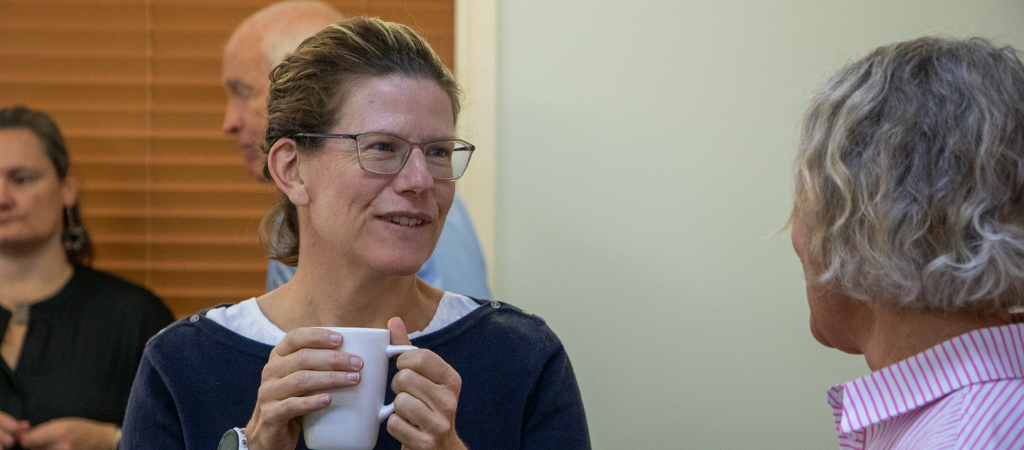
by Caleb Back
•
31 October 2023
The Board of Southern Queensland Landscapes recently met in Toowoomba. In addition to the Board meeting, Board and Executive worked through updating SQ Landscapes’ strategy. Company Secretary Pam Murphy highlighted the importance of the latest Board meeting and what it means for the company’s future. “The updated strategy will help SQ Landscapes deliver sustainable natural resource management (NRM) outcomes that improve the lives of people in regional communities now and for the future,” Pam Murphy said. “We’re excited to continue delivering value for our region and build Flourishing Landscapes and Healthy Communities across Southern Queensland under the guidance of the Board,” Mrs Murphy said.
CONTACT
EMAIL: admin@sqlandscapes.org.au
ADDRESS:
Toowoomba - 266 Margaret St. QLD 4350
Roma - 21 Major St. QLD 4455
Charleville - 92 Alfred Street. QLD 4470
St George - 1/11 Grey Street. QLD 4487
BUSINESS HOURS:
Monday - Friday: 8:30am - 5:00pm
Weekends and Public Holidays: Closed
CONNECT
LOCATIONS
All Locations
LIST
MAP
- 266 Margaret St, Toowoomba City QLD 4350, Australia 266 Margaret St, Toowoomba City QLD 4350, Australia
- 21A Major St, Roma QLD 4455, Australia 21A Major St, Roma QLD 4455, Australia
- Park St, Charleville QLD 4470, Australia 92 Alfred St, Charleville QLD 4470, Australia
- 48 Stockyard St. QLD 4490. Cunnamulla, 48 Stockyard St, 4490, QLD, Australia
- 1/11 Grey Street. QLD 4487 11 Grey St, St George QLD 4487, Australia
© Copyright 2024 | All Rights Reserved | Southern Queensland Landscapes
| Web Design by ACM Digital
